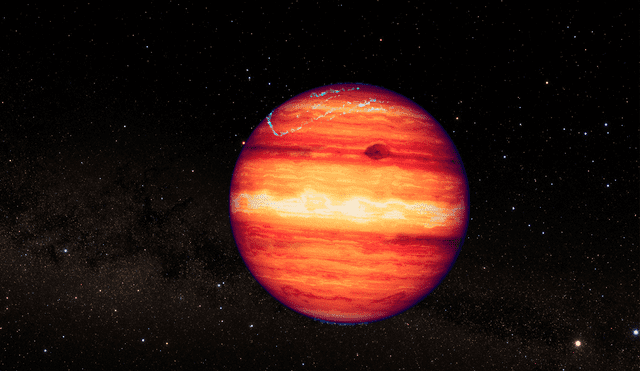Webb telescope reveals stunning image of rogue object moving through the galaxy
The James Webb Space Telescope captures stunning images of rogue objects drifting through space, challenging existing theories on planet and star formation with insights into the birth of free-floating celestial bodies.

The James Webb Space Telescope has obtained a breathtaking image of a rogue artifact drifting through our galaxy. Unlike stars or planets bound to a solar system, this cosmic item is free-floating, having broken free from any gravitational anchor. The rogue object, located within a star-forming nebula, is part of a broader discovery of several such unbound entities that challenge our understanding of orb and astral body formation. This revelation provides new insights into the diverse ways celestial bodies can form and survive in the vast expanse of space.
The unbound mass spotted by Webb is not alone. Multiple others have been detected, some potentially forming similarly to stars, but too small to be considered traditional figures themselves. This finding is part of Telescope's ongoing observations of distant stellar-birthing regions, where gas and dust collapse under gravity to give birth to suns, planets, and other components. The Webb's ability to see in infrared wavelengths allows it to peer through galactic dust, revealing previously hidden phenomena.
What is the mystery behind the rogue object? What we know so far
The unidentified piece could be the key to unlocking deeper mysteries of star and planet formation. Scientists have long believed that items like these may be ejected planets or failed stars that never ignited into fusion-powered bodies. Webb's data suggests that these things could be formed through a variety of mechanisms, including the collapse of gas vapors similar to how luminous orbs are born. These results dispute with the traditional view of how worlds and celestial lights interact and survive in space.
Additionally, this discovery contributes to the growing list of Webb’s astonishing finds. From detecting rogue spheres and brown dwarfs to unveiling intricate details of star-forming regions, the telescope is supplying unprecedented stellar vistas. As astronomers continue to analyze Webb’s information, they hope to refine their models of planetary and nebular birth shedding glow on the complex processes that govern the universe's evolution.
What does SIMP 0136's atmosphere reveal about its identity?
The Near-Infrared Spectrograph on the Webb telescope has begun to uncover the mysteries of SIMP 0136's ambience. By analyzing light from the distant object and breaking it into different wavelengths, scientists have started to see signs of deep clouds made of iron particles and silicate material grains, which could indicate a truly exotic airspace. There may also be large pockets of carbon monoxide and dioxide, hinting at chemical reactions taking place on the exoplanet.
Philip Muirhead, a technologist at Boston University, explained the significance of the findings: "Imagine watching Earth from far away. If you were to look at each color separately, you would see different patterns that tell you something about its surface and atmosphere, even if you couldn’t make out the individual features." These insights could help us better understand the substance composition of distant worlds, though more research is needed to piece together the full puzzle.












